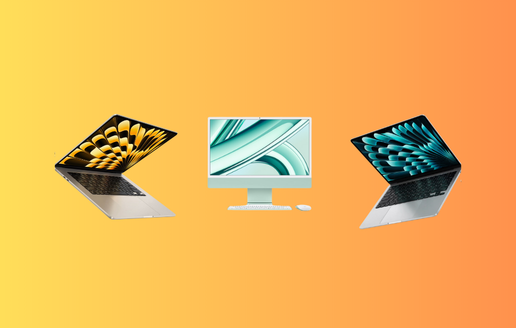The Environmental Benefits of Buying Refurbished MacBooks

When most people think about buying a refurbished MacBook, they focus on saving money. It’s true—refurbished devices can provide incredible value compared to brand-new models. But what often goes overlooked is the significant environmental impact of choosing refurbished over new. In an age where electronic waste is piling up and sustainability is becoming a global priority, purchasing refurbished electronics isn’t just good for your wallet—it’s good for the planet.
The technology industry has a major role in global waste production. According to the Global E-waste Monitor, more than 50 million metric tons of electronic waste are generated every year worldwide, and that number is climbing. Much of this waste comes from discarded computers, smartphones, and other consumer electronics. What’s worse, many of these products contain hazardous materials, like lead, cadmium, and mercury, that can seep into soil and groundwater if not disposed of properly. By extending the life of existing devices through refurbishment, we can significantly reduce this growing environmental burden.
Apple products, including MacBooks, are designed to last, but many users replace them long before their lifespan ends—often due to annual product launches, marketing cycles, or the desire for the latest features. These early replacements feed into a cycle of consumption and waste. Choosing a refurbished MacBook instead of a brand-new one helps disrupt this cycle. By giving an older laptop a second life, you are actively preventing it from becoming waste while also reducing the demand for new production.
Manufacturing new electronics consumes an enormous amount of resources. The process requires rare earth elements, aluminum, glass, and lithium for batteries, not to mention the vast amounts of water and energy needed to produce and ship devices around the world. Studies have shown that the majority of a laptop’s total carbon footprint comes not from its daily use, but from the energy and resources consumed during its manufacture. That means the most environmentally impactful decision you can make isn’t necessarily how long you use your MacBook each day—it’s whether you buy new or refurbished in the first place.
This is where refurbished MacBooks make such a difference. Every refurbished laptop that gets sold represents one fewer new unit that has to be manufactured. This not only reduces the extraction of raw materials but also cuts down on the emissions associated with production and shipping. In simple terms, refurbished products allow us to make better use of the resources already invested in existing devices.
There is also the matter of repair and parts replacement. Refurbishment often involves replacing faulty batteries, upgrading storage, or swapping out worn keyboards. These repairs extend the useful life of the device and keep perfectly good hardware in circulation rather than in a landfill. By supporting the refurbished market, you also support the growing ecosystem of repair technicians, independent refurbishers, and companies committed to sustainable technology practices. This encourages a more circular economy—one where products are reused and repurposed rather than discarded.
The environmental benefits don’t stop there. When you buy refurbished, you indirectly promote responsible recycling. Many refurbishers source devices that would otherwise be considered waste, rescuing them before they are shredded or dumped. Even if parts of the device are beyond saving, refurbishers often salvage components like screens, RAM, or logic boards to use in other repairs. This reduces the need to manufacture spare parts from scratch, further lowering resource consumption.
There is also a psychological element to consider. Every time a consumer chooses refurbished over new, it challenges the stigma often attached to second-hand electronics. For years, people assumed “refurbished” meant unreliable or heavily used. Today, thanks to higher standards and rigorous testing processes, refurbished MacBooks are often indistinguishable from brand-new ones in terms of performance. Normalizing refurbished purchases not only reduces waste but also fosters a culture of conscious consumerism, where the focus shifts from “always new” to “always sustainable.”
Of course, buying refurbished isn’t just about the planet. It also empowers individuals who might not otherwise be able to afford a MacBook. Students, small business owners, and families can all access premium Apple hardware at a fraction of the cost. The environmental benefits and the economic benefits go hand in hand, creating a win-win scenario where financial savings align with sustainable living.
Ultimately, the choice to buy refurbished is about more than getting a good deal. It’s about recognizing the broader impact of our purchasing decisions. Every refurbished MacBook represents resources saved, emissions reduced, and waste diverted from landfills. In a world grappling with climate change and finite resources, those choices matter.
By choosing refurbished, you become part of a larger movement toward sustainability in technology. You’re not just buying a laptop—you’re extending its life, reducing its environmental footprint, and making a conscious choice to support a greener future. In that sense, the decision to buy refurbished isn’t only practical; it’s a small but meaningful act of environmental responsibility.





